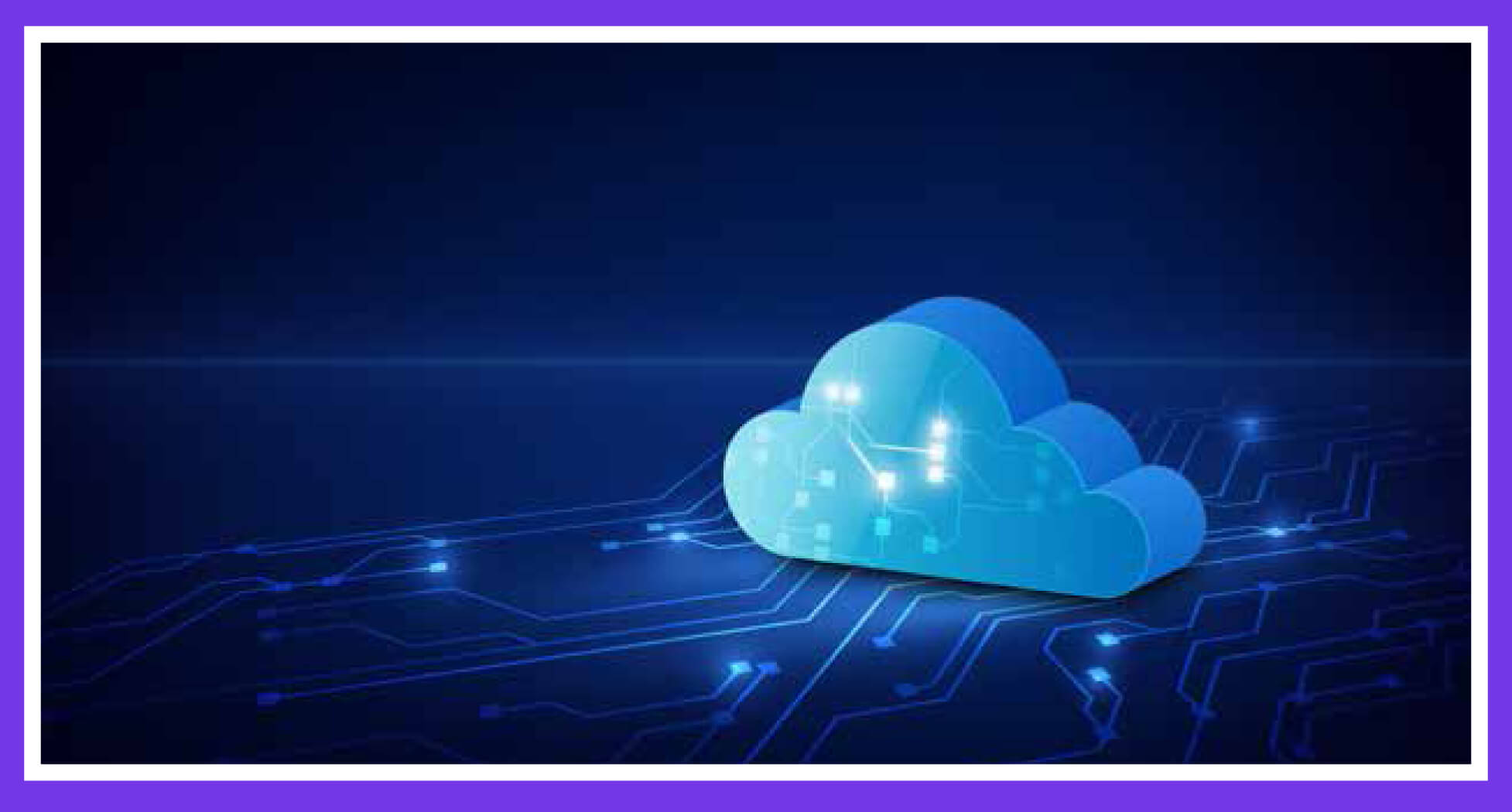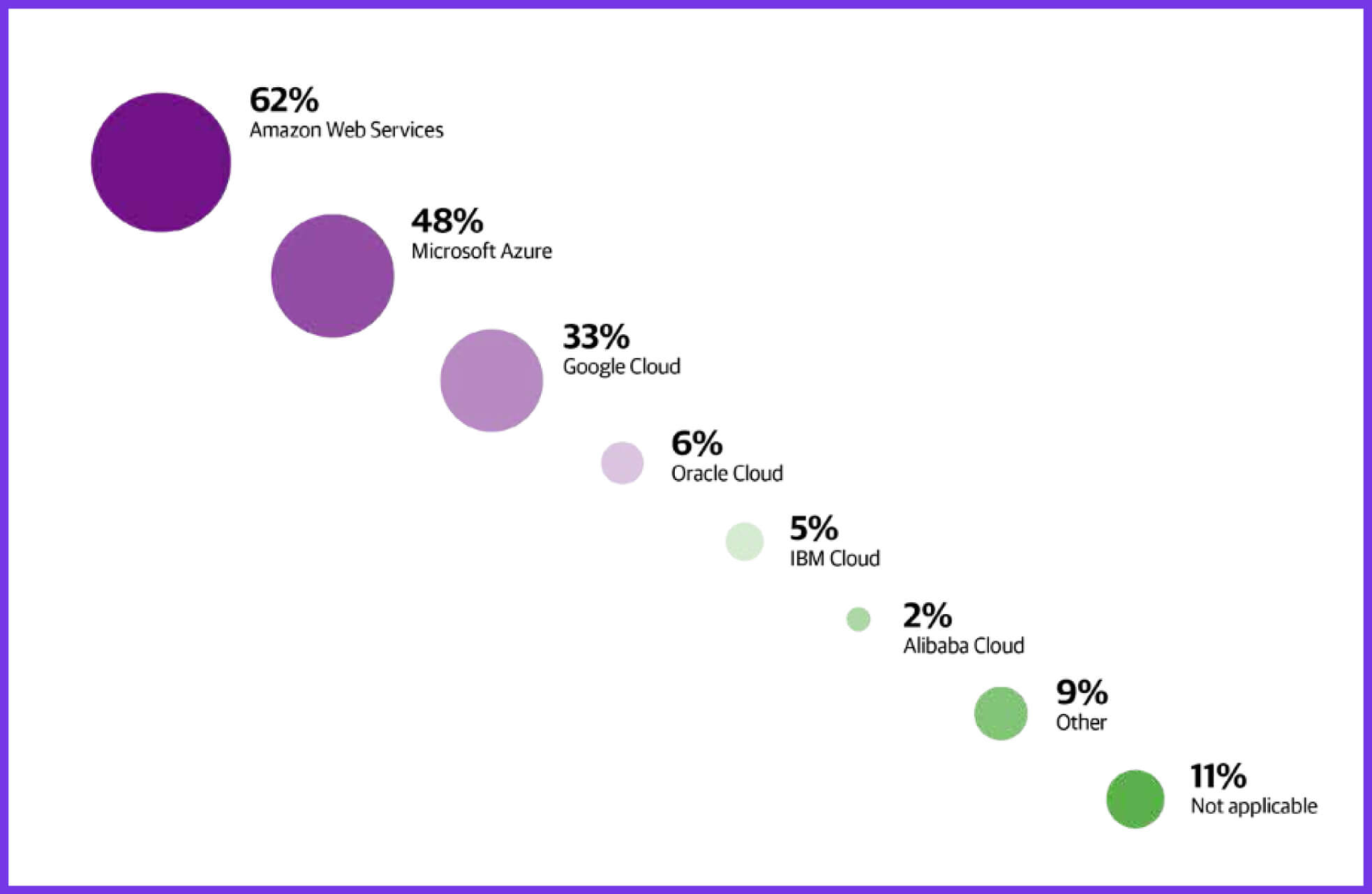How can cloud help you save money for your enterprise?

How can cloud help you save money for your enterprise? An example of popular cloud services are Software as a Service (SaaS) based
technologies that facilitate critical processes like supply chain and automation; they are essential for many enterprises today.
It is because cloud computing can speed up the time to market for new goods
and services, enabling innovation and significantly lower capital and
operating expenses.
Both the business and IT benefit from the cloud’s enabling and operational
enhancements. The company and IT are frequently being led toward cloud
adoption by a single business unit.
Businesses are constantly looking for ways to increase productivity by carrying out tasks more quickly, efficiently, and economically. The obstacles facing enterprises today are numerous. To be competitive, a business must continually improve in terms of product, price, and quality competencies.
Some of the biggest benefits of cloud technology include resource optimization, data protection, maintaining CRM, 0% downtime, use of the latest software, storage, and an anytime, anywhere resource availability system. As such, the use of cloud technology minimizes the need for significant IT investments while increasing operational efficiency.
Significant Cost Savings with the Cloud

Transitioning some or all of the work to the cloud can save organizations up to 20% of their yearly IT budget, with the savings being either returned to the company or invested back in innovation and development. Typically, IT organizations spend over 30 percent of their budget on infrastructure (mainly data centers and data networks).
This cloud run-rate economic benefit results from two main cost drivers: lower unit costs due to greater scale, technology innovations, best practices, enhanced operating excellence of the cloud providers, and greater throughput rates due to a significant decline in “capacity hoarding.”
Over the coming years, the market for efficient and secured externally hosted cloud capacity is expected to increase at a rate of over 40% per year due to the cost of ownership difference between conventional IT and public cloud services, which is now between 30% and 40%. A major reason for the lower cost of ownership with the Cloud is the pay-as-you-go billing model. Pay-as-you-go billing is the norm for cloud service providers.
Businesses rent resources from the provider and are only charged for what they use, whether it be the amount of storage, the volume of email boxes, or the number of virtual server hours.
By removing superfluous resources, delaying pointless expenditures, and enabling you to test solutions or programs without having to commit entirely to them, this approach helps firms keep costs down.
The Business Case for Transitioning to the Cloud

One of the main arguments for migrating workloads to the cloud is cost savings. In comparison to on-premise infrastructure, the Cloud can lower the total cost of ownership (TCO) when deployed effectively.
A traditional infrastructure, like a data warehouse, has several problems, including server irregularities, data discrepancies, a specialized workforce, and most notably, expensive updates.
Cloud adoption has increased even during the COVID-19 pandemic—at a time when many firms permanently shut down.
Although there are many advantages to moving to the cloud, including backup, recovery, and cybersecurity, one of the main motives for businesses to do so is the associated cost savings.
According to recent figures, 90% of businesses have accelerated their cloud adoption in response to the COVID-19 outbreak, with a corresponding rise in cloud spending1.
How the Cloud Compares to On-Premise Infrastructure In Terms of Cost-Effectiveness
The simplest approach to understanding cloud savings for enterprises thinking
about transitioning to the cloud is typically by comparing the cost of the cloud to the cost of on-premise infrastructure. Even so, to fully comprehend your
entire cloud savings, you must take into account all of its tangible and
intangible advantages, in addition to the direct costs of on-premises
infrastructure versus the cloud.
The following are some specific areas where using the cloud rather than an
on-premise solution could save your company money.
Reduced Capital Expenditures (CAPEX)

With the cloud, capital expenses are essentially eliminated. Businesses will not have to incur significant up-front charges because there’s no need for them to invest in expensive infrastructure. It is the cloud provider’s responsibility to make capital investments in servers, electricity, software, and other things.
Resources can be acquired fast and easily, and the cloud offers enterprises a scalable alternative. Businesses don’t have to spend money on scarce resources when they can acquire what they need right away. The company’s utilization of the cloud can be adjusted as the business needs change. It ensures the enterprise always has everything it needs to run a successful business while also keeping the budget in check.
Lower Anticipating Demand Cost
One of the greatest potential cloud savings opportunities is here. Any organization must be able to respond to demand fluctuations, and doing so directly impacts costs. The expense of predicting demand might be very expensive in an on-premise solution. For peak times, you would have to purchase and manage backup servers.
Consider a nonprofit group that helps communities affected by natural disasters.
More people are likely to donate to the organization’s website during a disaster. Naturally, the nonprofit cannot afford to have its site go down at such times. But one can never predict when a disaster will occur. How can you prepare for unanticipated spikes in demand that your business might experience?
There are two options available. If you’re on-premises, you must invest in building your capacity to accommodate that limit and keep it available at all times. The other choice is provided by the cloud.
When necessary, you can easily scale up using the cloud, and when demand returns to normal, you can swiftly scale down. It costs nothing to prepare for that peak usage, and you can quickly adapt to it when it arises.
This case is an excellent illustration of how you can end up paying a little bit more for raw computational power at that peak than you would have if you had constructed the infrastructure yourself. However, if you are utilizing the flexibility of the cloud, you won’t have to pay for the infrastructure to be idle for the remainder of the time.
How can cloud help you save money for your enterprise - Better Security
The operating system, hardware, and software must all be secured along with
the physical area if you manage your own on-premise IT infrastructure, which
is a very expensive endeavor. Additionally, qualified security professionals are
hard to come by.
You can transfer a lot of that burden to other people when using the cloud. The
majority of cloud service providers have a shared risk model, where they are in
charge of protecting the infrastructure, and you, based on the services you use, are in charge of specific security aspects. Overall, security is improved because
cloud platforms have more qualified cloud specialists than you could possibly
locate.
Greater Business Focus and Faster Innovation
Operating on the cloud has other intangible benefits . Would you like to be in the business of finding, recruiting, training, and supervising IT personnel when you could instead spend that time on the core operations of your business, except if your company is in the infrastructure industry?
Businesses can easily access cloud services that would otherwise be costly, including text-to-speech transcription. This accessibility enables engineers to invent and produce products more quickly. Engineers could be less willing to work on novel concepts in an on-premise environment due to the drawn-out provisioning procedures.
How can cloud help you save money for your enterprise - Energy Efficiency

The environmental effects of data centers are quite detrimental. They consume a significant amount of power and must be kept at a certain temperature and humidity. If you can find three or four organizations that can operate these incredibly inefficient data centers at scale, it’s considerably more environmentally friendly than every single company trying to do so. And it can also benefit a company’s bottom line by significantly reducing their energy costs. It’s a win-win for businesses and the environment!
Further information about
Contact us for how can cloud help you save money for your enterprise?